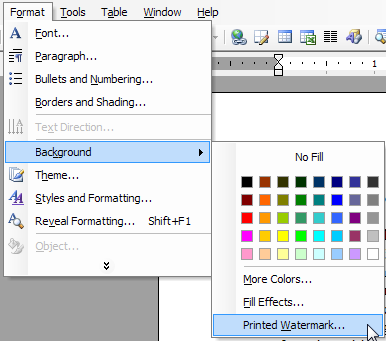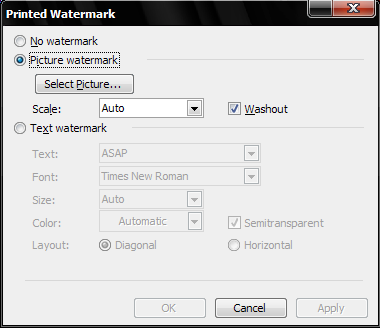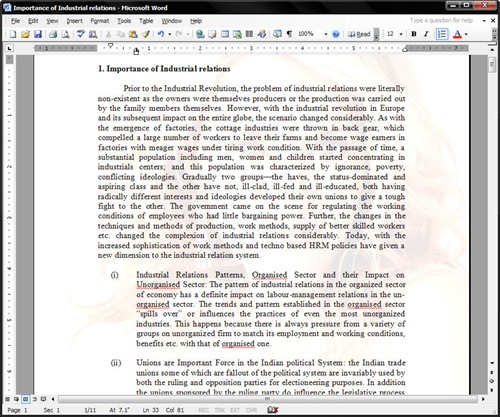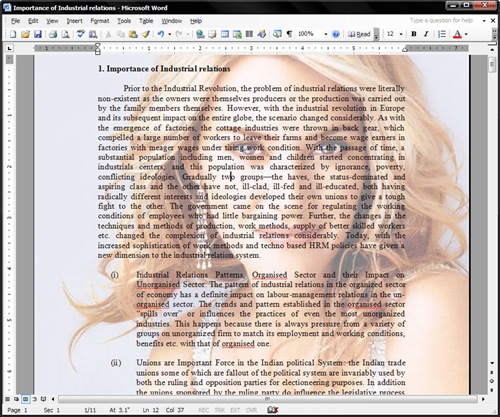You must have seen some documents carry a transparent watermark or background image, usually the logo of the organization. Watermarking a document gives it a sleek look and is often used in newsletters, advertisement leaflets, official documents, magazine pages and so on. This tutorial will show you how to add watermark to Microsoft Word documents.
Before you add an image it’s necessary to properly crop and scale the image according to the size of your document. This is because MS Word will align the left edge of the image to the left margin of the document. So if the image has a landscape orientation (width is greater than height) and the document has the usual vertical layout, the image will get resized and placed at the center of the document and not cover the entire background as desired.
So in order to perfectly fit the document, it’s necessary for the image to have the same width to height ratio as your document. All paper sizes have the width to height ratio of 1:1.41. Crop your image so that it has the same ratio.
Now, open the Word document, click on Format>Background>Printed Watermark.


Select the radio button Picture watermark and choose your prepared image. Keep the Scale to Auto and check the box Washout. The Washout gives the image a faded look. Click Apply.

If you are not satisfied with the results, you can apply a few tweaks. Instead of setting it to auto, you can choose a scale level from the 5 given figures – 50%, 100%, 150%, 200% and 500%. Unfortunately, it doesn’t allow custom scale values. You can also uncheck the Washout option and examine the results.

Microsoft Word also allows you to insert background texts but this feature is severely crippled. You can only choose from one of the premade texts like ASAP, SAMPLE, TOP SECRET and so on. The color, size, fonts and orientation (diagonal or horizontal) can be customized though.
So, the next time you print a document make sure it carries your logo.

How do I insert a background pic or text and still retain normal view (not web view)?
ReplyDeleteThe whole program is severely crippled
ReplyDeleteEasy enough to drop an image in the background, I'm putting in a custom header. However, now I need to move the text box down so it doesn't run over the header. When I adjust the top margin, it pulls my background image down with the text box. Why would it do that?
ReplyDelete